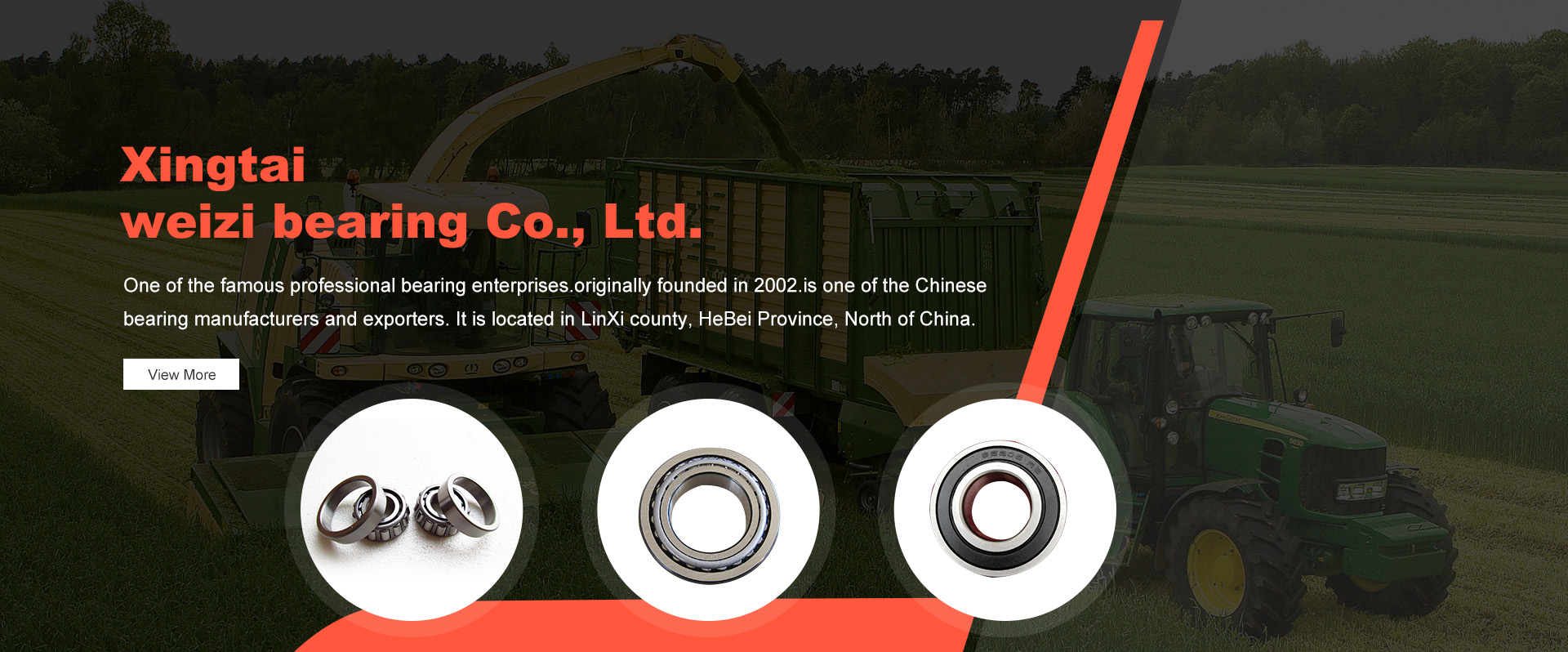
Nov . 21, 2024 03:17 Back to list
what are thrust bearings used for
What are Thrust Bearings Used For?
Thrust bearings are critical components in machinery designed to support axial loads, which are forces that push or pull along the axis of a rotation. Unlike other types of bearings that primarily support radial loads, thrust bearings are specifically engineered to handle forces that occur in a parallel direction. Their unique design enables them to facilitate smooth rotation while absorbing significant amounts of force, making them essential in various applications across diverse industries.
What are Thrust Bearings Used For?
One of the most common applications of thrust bearings is in automotive engines. In engines, thrust bearings play a vital role by supporting the crankshaft, aiding it in withstanding the axial loads generated during operation. They help maintain the correct alignment of the crankshaft and reduce wear, thereby extending the engine's lifespan and improving performance. Without thrust bearings, excessive movement and friction could lead to engine failure, which is why they are integral to engine design.
what are thrust bearings used for

In addition to automotive use, thrust bearings are widely utilized in industrial machinery. For instance, in turbines, thrust bearings are essential for countering axial forces that occur during operations, ensuring stability and efficiency. Similarly, in pumps and compressors, thrust bearings help maintain the rotor’s position, preventing potential damage caused by misalignment.
Thrust bearings are also crucial in marine applications, particularly in propeller shafts of ships. In this context, they help manage the significant axial loads that arise from the thrust generated by the propeller. By doing so, they ensure that the propeller system functions effectively and safely, preventing potential failures that could lead to hazardous situations at sea.
There are various types of thrust bearings, including ball thrust bearings, roller thrust bearings, and fluid thrust bearings. Each type has its unique characteristics and is chosen based on specific application requirements, such as load capacity, speed, and operating environment. For instance, roller thrust bearings offer greater load-carrying capacity than ball thrust bearings, making them suitable for heavy-duty applications.
In conclusion, thrust bearings play an indispensable role in a multitude of applications by providing the necessary support for axial loads. Their ability to minimize friction and wear while ensuring smooth operation makes them critical in automotive, industrial, and marine applications. As technology continues to evolve, advancements in thrust bearing design and materials will further enhance their performance and reliability, cementing their place as essential components in modern machinery.
Latest news
-
Premium Deep Groove Ball Bearings | High Speed & Reliability
NewsAug.29,2025
-
Durable Scaffolding Clamps - Secure & Reliable Tube Connectors
NewsAug.28,2025
-
Common Failures in Thrust Ball Bearings and Solutions
NewsAug.22,2025
-
How Tapered Roller Bearings Can Take Shock Loads
NewsAug.22,2025
-
Angular Bearings in High-Precision Spindles
NewsAug.22,2025
-
The Impact of Misalignment on Cylindrical Roller Bearing Performance
NewsAug.22,2025
